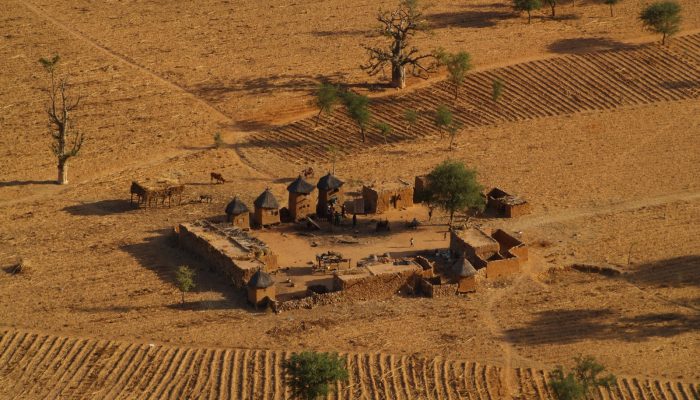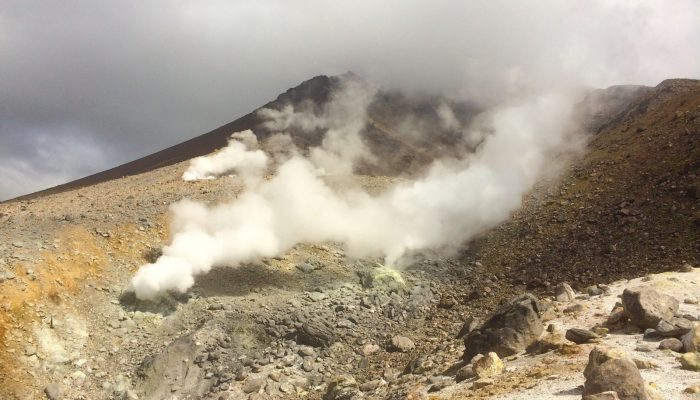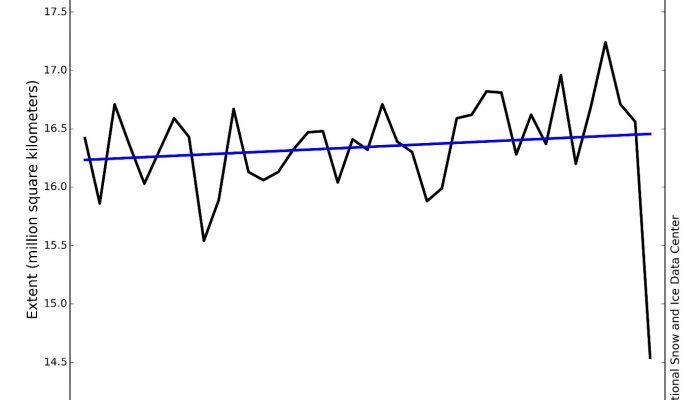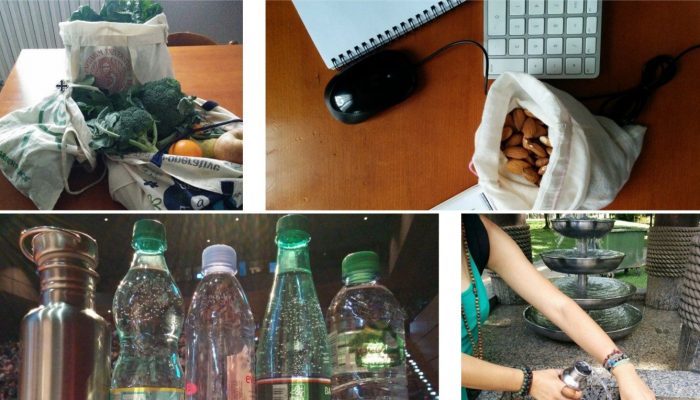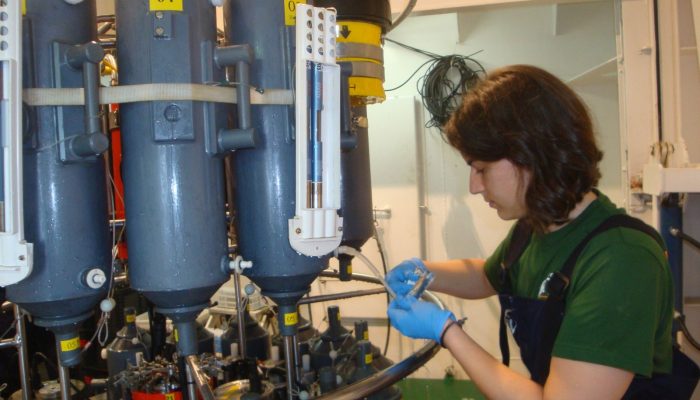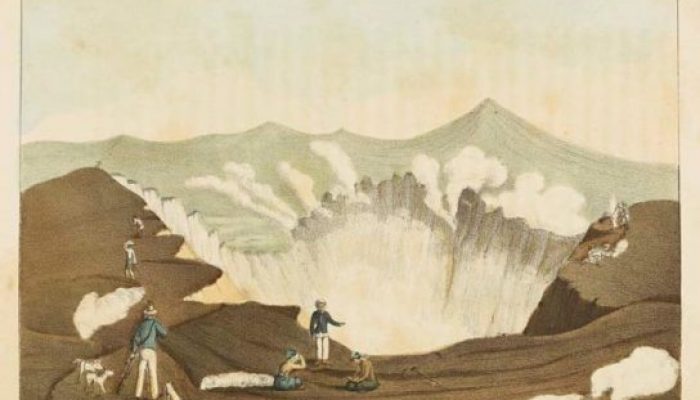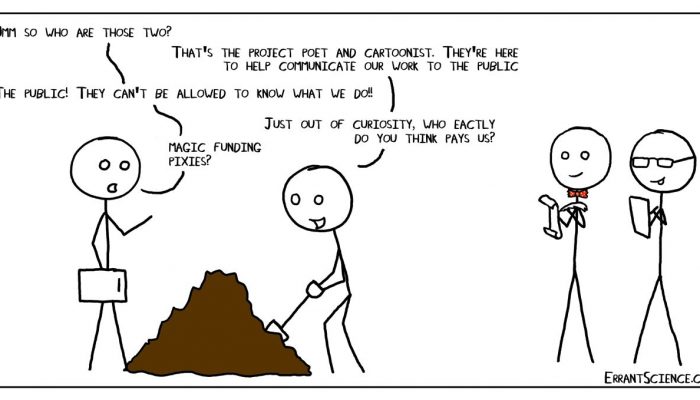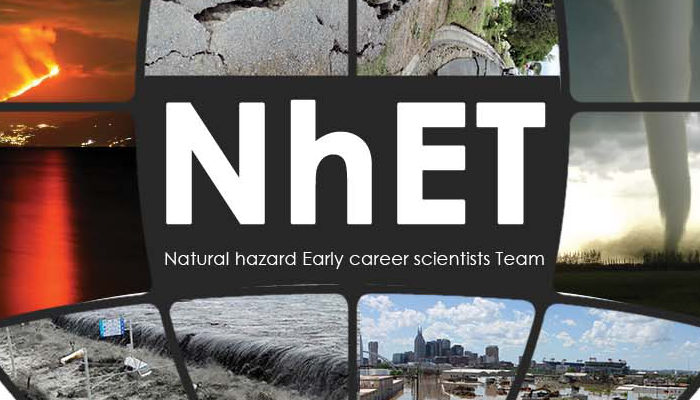In November 2015, the failure of the Fundão tailings dam in Brazil devastated the surrounding landscape and local villages, killing 19 people and leaving the media filled with images of landslides, fallen infrastructure and ruined livelihoods. The limited communication and lack of relationship between joint operators BHP Billiton and Brazilian company Vale with the surrounding communities exacerba ...[Read More]
GeoLog
Imaggeo on Mondays: Smoking mountain top
Japan’s northernmost, second largest and least developed island, Hokkaido, is famous for its unspoilt nature. Harsh, cold and snowy winters make way for pleasant summers, which allow tourists and locals to enjoy a variety of outdoor activities, year-round, in the island’s six protected areas. The largest of the natural parks is Daisetsuzan: known for it’s wilderness and volcanoes. It is formed by ...[Read More]
Geology for Global Development
How do you monitor an internationally disruptive volcanic eruption? How can you communicate SDGs in an Earth Science class? Jesse Zondervan’s Nov 13 – Dec 13 2017 #GfGDpicks #SciComm
Each month, Jesse Zondervan picks his favourite posts from geoscience and development blogs/news, relevant to the work and interests of Geology for Global Development . Here’s a round-up of Jesse’s selections for the past four weeks: Bali’s Mount Angung started erupting ash this month, and a post on the Pacific Disaster Center’s website gives you an insight into the workings of Indonesia’s early ...[Read More]
Solar-Terrestrial Sciences
Dr. Helen Mason – Solar space missions: a life with the Sun
In the December issue of Life of a Scientist we have an interview of Dr. Helen Mason. She was working at the Department of Applied Mathematics and Theoretical Physics at the University of Cambridge, UK until recently when she retired. Her research interests include UV and X-Ray spectrum of the Sun. She has also devoted a lot of time in promoting science and working with schools from all over the w ...[Read More]
Cryospheric Sciences
Image of the Week – Understanding Antarctic Sea Ice Expansion
Sea ice is an extremely sensitive indicator of climate change. Arctic sea ice has been dubbed ‘the canary in the coal mine’, due to the observed steady decline in the summer sea ice extent in response to global warming over recent decades (see this and this previous posts). However, the story has not been mirrored at the other pole. As shown in our image of the week (blue line in Fig. 1), Antarcti ...[Read More]
WaterUnderground
On the social responsibility of water scientists
Post by Viviana Re, a post-doctoral research fellow at the Department of Earth and Environmental Sciences of the University of Pavia, in Italy. _______________________________________________ Should we feel a moral obligation to engage, if our work has real implications on society? As an environmental scientist, with a PhD in Analysis and Governance of Sustainable development, I grew up “multidisc ...[Read More]
GeoLog
GeoTalk: Maribel García-Ibáñez, Early Career Scientist Representative
In addition to the usual GeoTalk interviews, were we highlight the work and achievements of early career researchers, this month we’ll also introduce one of the (outgoing) Division early career scientist representatives (ECS). The representatives are responsible for ensuring that the voice of EGU ECS membership is heard. From organising short courses during the General Assembly, through to running ...[Read More]
VolcanicDegassing
Lahar: Lost in translation?
Since late September, the eyes of the volcano world have turned to Gunung Agung. This prominent volcano in Bali last erupted in 1963, when it released enough sulphur dioxide to form a global stratospheric sulphate aerosol layer that led to vivid sunsets, and short-term global cooling. The 1963 eruption was one of the largest and deadliest in Indonesia in the 20th century; and many of the casualtie ...[Read More]
GeoLog
Arts and culture at EGU 2018
As well as a stimulating scientific programme (remember the call-for-abstracts is currently open!), the upcoming General Assembly will also feature exciting cultural activities. Read on for a whistle-stop tour of what to expect, and of course, stay tuned to our social media channels, and follow the official hashtag (#EGU18) for more information on the run-up to the conference. A poet in residence ...[Read More]
Natural Hazards
The risk of a Natural Hazard blog is now real, be prepared!
Hello and welcome to the blog of the Natural Hazards division! Starting from today we will try to enrich your readings every two weeks on Monday morning with a new blog post! Our division encompasses and intersects various topics in geoscience. For this reason, we will aim to diversify the content from post to post, each time focusing on a different aspect of the complex natural hazard world. We h ...[Read More]

